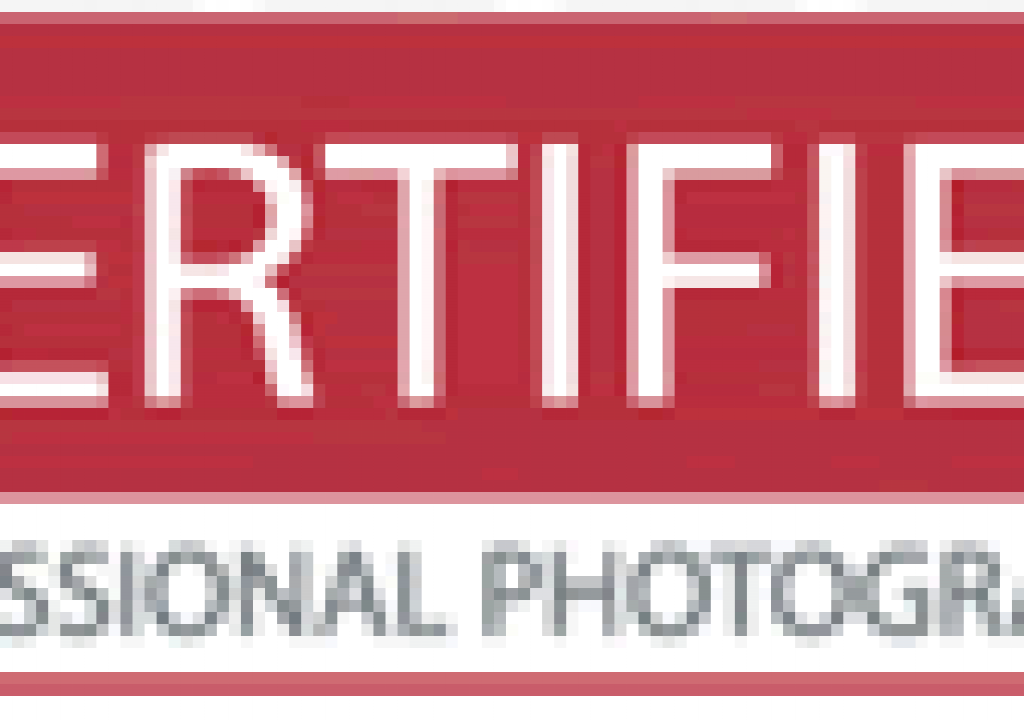
The US Department of Labor says that there are over 150,000 professional photographers in the United States. Add to that thousands more that work part time as a professional photographer, the mom next door who picks up a few bucks shooting her friends and neighbors, and the numbers are never ending. But out of hundreds of thousands, only approximately 2000 are “Certified.” Becoming a Certified Professional Photographer confirms your knowledge and experience which is not only good for client relations, employers, but for your own improvement as a photographic craftsman. Certification represents a declaration of a particular individual’s professional competence. In some professions certification is a requirement for employment or practice. Doctors, mechanics, accountants, professional secretaries, surveyors and many others are all required to go through a certification process of some kind, so why not photographers? Studies show that certification is the most widely recognized consumer credential. Consumers may not know a lot about professional photography, but they know that certification should ensure professional-quality goods and services. Clients in every industry seek out credentialed professionals, as the public recognizes certification as a sign that one is an authority in the field. A Certified Photographer designation offers potential clients an assurance, not just of quality, but of technical skill and artistic expertise.
As the leading certifying agency for imaging professionals, the Professional Photographic Certification program is recognized throughout the industry.Those who have earned the Professional Photographic Certification have passed a comprehensive written exam measuring their technical expertise, and have successfully submitted their work to a panel of judges for review and approval.
In order to become certified, you need to meet three criteria: You must first declare your candidacy, take a written exam, and submit 20 images. Once you declare your candidacy, you have up to three years to take your exam and submit your images. So where do you begin? What images should you submit? What’s on the exam? And where do you take it? Many questions making a certification seem like quite a challenge. But it’s up to you to decide if you want to submit your images first or take the exam. Let’s talk about submitting images first.
For many years, submitting images was a matter of logging into the www.certifiedphotographer.com site and based on limited submission dates, you would upload 14 images of your best work. This work should show the main concentration of your business. For example, if you’re a portrait photographer, you should not be submitting landscape images. In June of 2011, the committee has made the image submission more challenging. You still need 14 images of your work, but also, 6 compulsory images. That is to say, 6 images based on specific guidelines. Image specifics, for example if you’re a portrait photographer, you can submit a high-key or low-key image. You’ll need to demonstrate the rule of thirds, creative use of depth of field, and 3:1 lighting ratios in both broad and short lit portraits. While this might seem like a hassle, it’s beneficial to you as a photographer because it will help you refine your skills behind the camera. Once your images have been submitted, you’ll get a letter in about 3 to 4 weeks stating that you’ve passed or failed this portion of the process. Your six compulsory images are critiqued first. Should any one of these images not pass judging, the rest of your images will not be accepted.
When it comes to the exam, you’ll be taking this a specific location setup at various venues, such as regional or national conventions around the U.S. The www.certifiedphotographer.com site lists exams schedules throughout the year. The exam is 100 questions and you need to have 70 correct to pass. If you pass the exam and not your image submission, you will not earn your CPP. By the same token, if you pass your image submission and fail your exam, you will not earn your CPP. The exam can be vague at times, but that’s also part of the learning. Things you should be knowledgeable about are exposure, lighting ratios, and color to name a few. It is multiple choice and there are practice exams online. There is a recommended guide for study by Barbara London, John Upton, and Jim Stone. It’s not cheap, but it’s a tremendous resource not just for your exam, but for your career as a photographer as well. You can learn more here – http://www.amazon.com/Photography-10th-Barbara-London/dp/0205711499/ref=dp_ob_title_bk. This book will allow access to a private website for additional learning. But should you want more info, a great resource is Sandy Puc’s “Certify with Sandy” website at http://certify.sandypuctours.com/. Great people all after the same goal frequent the forum, as well as mentors who are more than willing to give you advice, answer questions, and help you on your journey. Lastly, you can also get some of the best information in the industry from the Professional Photographers of America. Visit their site here http://www.ppa.com/ and you can find specific forums about submitting your images, taking the exam, and more.
Becoming a Certified Professional Photographer is not a simple task. But once you get the ball rolling, study, and perfect your images, you’ll be proud to put CPP behind your name.

Filmtools
Filmmakers go-to destination for pre-production, production & post production equipment!
Shop Now













